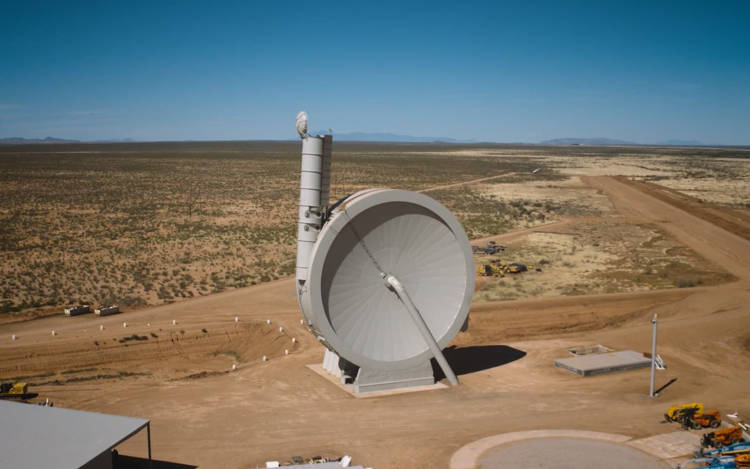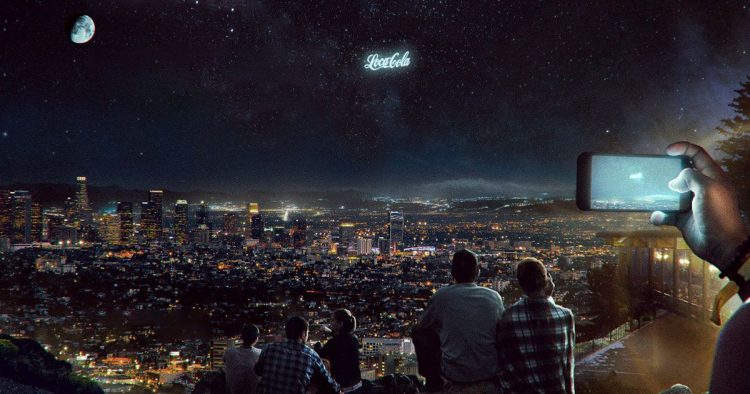Innovative Company Uses Kinetic Energy to “Throw” Rockets Into Space

California-based startup SpinLaunch has been making news headlines for its innovative approach to space flight – using a vacuum-sealed centrifuge to hurl rockets into space. SpinLaunch has been working on a launch system that uses kinetic energy as its primary method. It relies on a complex mechanism that includes a vacuum-sealed centrifuge to spin the […]
Russian Startup Plans to Launch Giant Ad Billboards in Low-Earth Orbit

Imagine looking up to gaze at the moon on a clear summer night only to see the sky full of glowing advertising billboards. That’s the future envisioned by a Russian start-up which plans to launch billboard advertisements into low-Earth orbit as early as 2021. Russian company StartRocket announced plans to introduce orbital advertising billboards made up […]
Startup Plans to Send Pregnant Woman into Space to Give Birth

Netherlands-based startup SpaceLife Origin wants to send a pregnant woman 250 miles above the Earth to give birth to the first extraterrestrial baby in history, in the name of science. Should our planet ever become unable to sustain human life, our species’ only hope would be to leave and settle elsewhere, be it a haven floating […]
Chinese City to Launch “Artificial Moon” Bright Enough to Replace Streetlights

The chairman of a private space contractor in Chengdu, China, recently revealed plans to launch an “artificial moon” satellite up to eight times as bright as the real moon and capable of replacing traditional streetlights. The ambitious project was announced at a national mass innovation and entrepreneurship event held in Chengdu, a city of 14 million people […]
The Space Poop Challenge – NASA Is Offering $30,000 to Whoever Solves the Problem of Pooping in Space

When you gotta go, you gotta go! But what if you’re in space, stuck in a spacesuit for hours on end, even days? The current solution is the good ol’ diaper, but NASA is looking for something better, and is offering a prize of up to $30,000 to whoever comes up with the best idea. Astronauts […]
Experiencing Life on Mars in the Rocky Red Desert of Utah

Who says you need to go to Mars to know what life could be like over there? Some places on Earth are apparently good enough to simulate the experience. And that’s exactly what a team of experts from Mars Society have done – recreated life on the red planet by dressing in space suits and […]
Dutch Company Recruiting Mars Colonists for Original Reality Show

Would you sign up for a one-way trip to Mars? So far over 10,000 people from all over the world have answered the call of Dutch company Mars One who plans to send volunteer colonists to Mars for a unique new reality TV show. No human has walked the Moon since 1972, and no one […]
Aurora Borealis from Outta Space

The people from The Telegraph have just published a set of photos of the Aurora Borealis phenomenon, taken from out of space. The shots were taken on various expeditions into space.
World’s First Zero-Gravity Wedding

The bride and groom, both sci-fi fans, decided they didn’t want a conventional wedding so they opted for one in total weightlessness. Noah Fulmore and Erin Finnegan, two love-birds from New York City, spent nearly $20,000 on a 90-minute-long zero-gravity wedding. The ceremony was performed in a modified Boeing 727 jet that takes roller-coaster-style dives, […]
